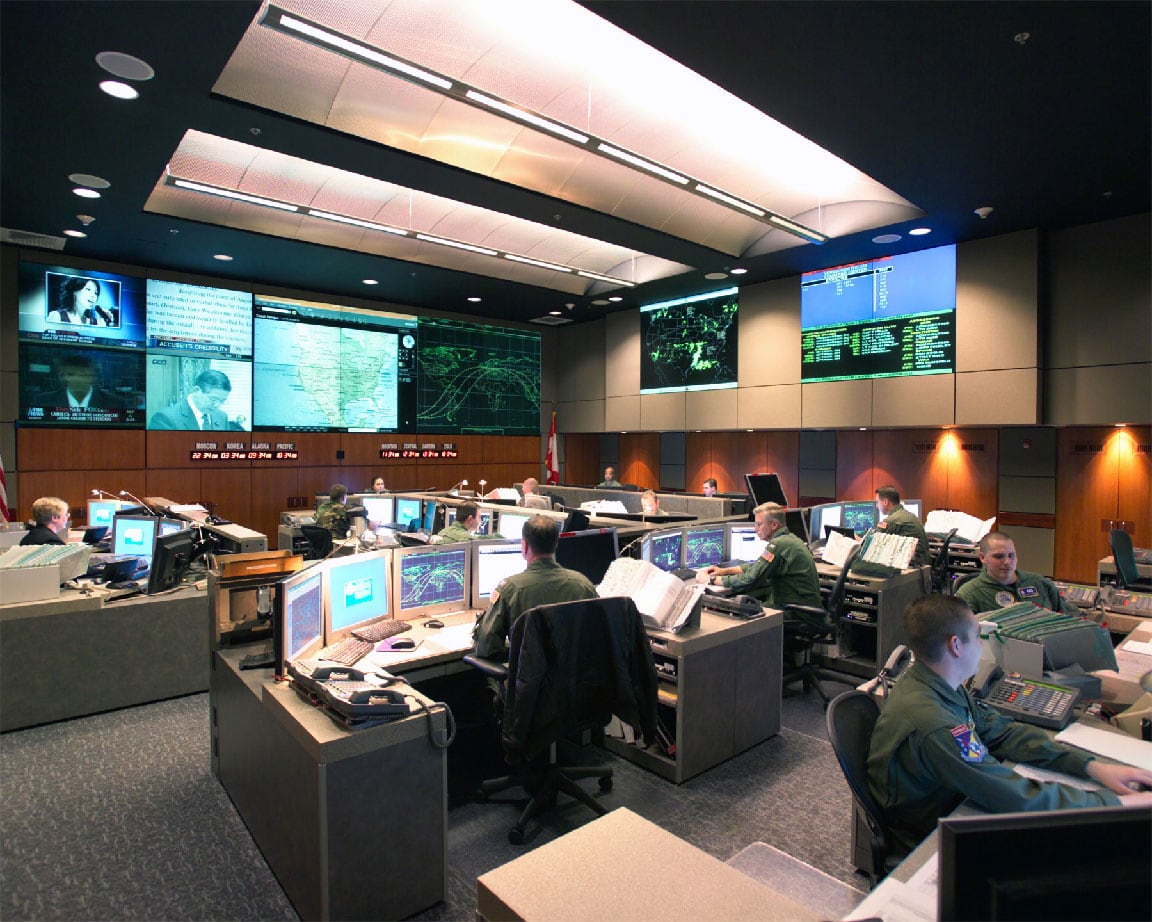One of the oft repeated adages from any commander is how critical partnerships are across the joint force with industry and especially coalition partners, as most acknowledge the U.S. will never go to war alone.
While cyberspace has typically been more difficult to partner on and share information about, the U.S. seems to be opening up its files, so to speak, and looking for greater cooperation with allies. Just look at the country's northern neighbor, Canada, for which the two nations enjoy a bi-national relationship within the North American Aerospace Defense Command.
"If you look at NORAD right now, if there is a hostile aircraft or some kind of an event in North America, a Canadian F-16 can cross the border into the U.S. and prosecute that target. A U.S. F-16 can cross the border into Canada and there is bi-national agreements — we could have a Canadian in the seat making a decision about an event in the United States if that's who's on duty at the time," Brig. Gen. Mark Weatherington, director of cyberspace operations for NORAD and commander of U.S. Northern Command, said during a June 13 panel at the Defensive Cyber Operations Symposium in Baltimore, Maryland.
However, Weatherington added, "we have a harder time talking a cyber protection team and putting them on the exact same infrastructure in Canada to protect that critical mission system."
He said they are currently working through that and trying to reach bi-national collaboration with Canadian partners.
He also acknowledged emerging partnerships involving U.S. Cyber Command and collaboration in the cyber environment with the Five Eyes — a group of intelligence sharing nations with the United States: the U.K., Australia, New Zealand and Canada.
In fact, Brig. Gen. Maria Barrett, deputy of operations J-3 at Cyber Command, at an early June keynote address hosted by AFCEA’s Northern Virginia chapter announced the development of a draft defensive cyber operations concept with the Five Eyes partners.
"This included a tabletop exercise with the participants to better understand the friction point when it came to how we might operate in defensive operations together," she said.
Barrett said they intend to get the document out for staffing before the end of the fiscal year with the hope to conduct joint defensive cyber operations in the fall.
This plan was developed during the 2017 Defensive Cyberspace Operations conference and workshop that recently concluded and featured participation from CYBERCOM’s defensive operational arm, Joint Force Headquarters-Department of Defense Information Networks , DoD participants from all the services, DoD agencies, combatant commands and multiple attendees from each nation of the Five Eyes partnership.
"This is really, really huge progress for us," Barrett said of the concept of operations draft, noting that the inclusivity of Five Eyes partners at the conference "truly acknowledges the global nature of cyberspace and the benefit of collaboration as we seek to protect our infrastructure and defend against our mutual adversaries."
Officials have described such relationships as sharing threat information and intelligence, which can be a challenge given how closely guarded such information has been in the past.
Mark Pomerleau is a reporter for C4ISRNET, covering information warfare and cyberspace.







